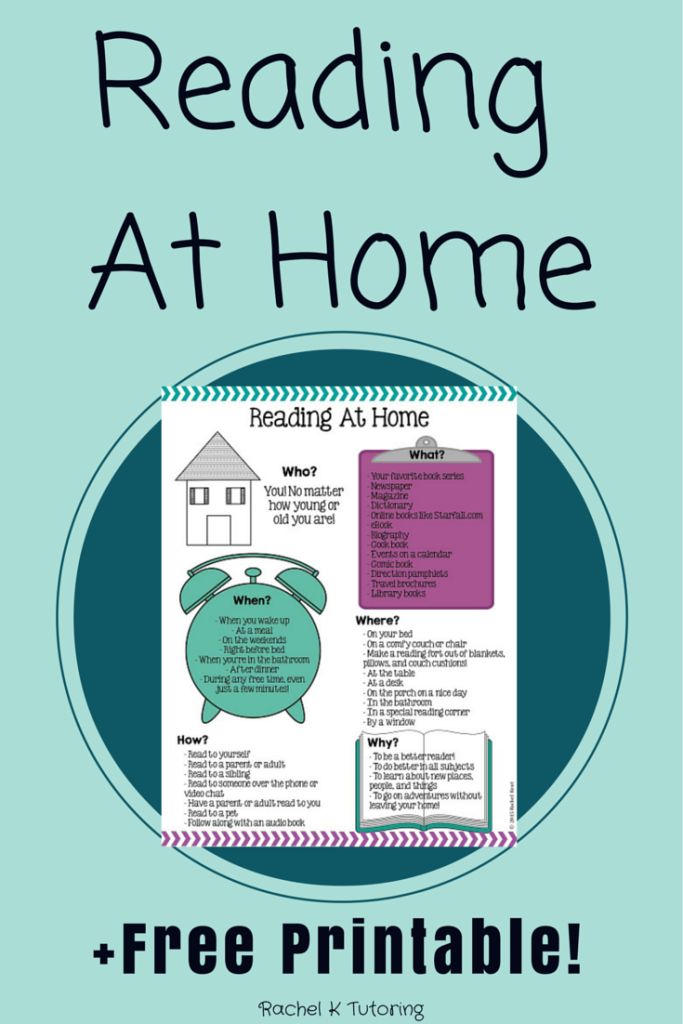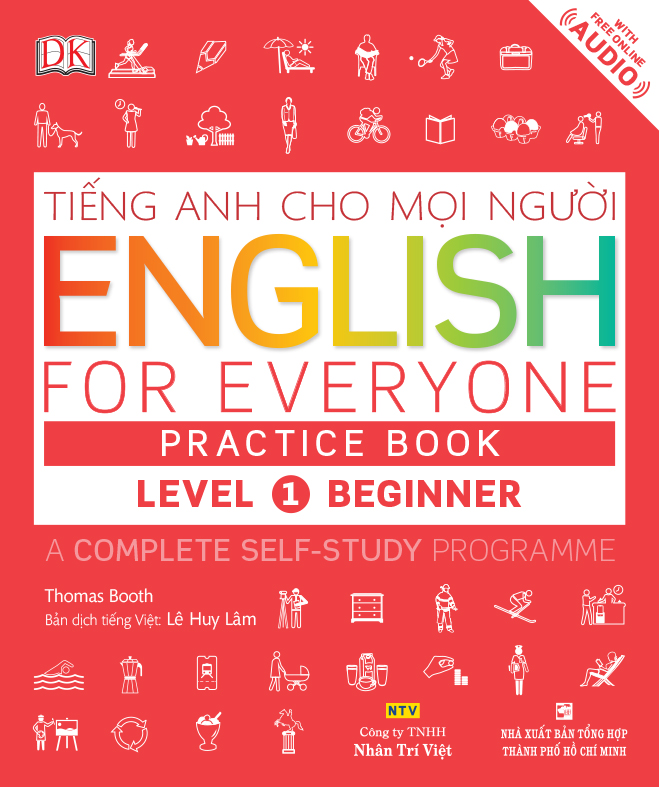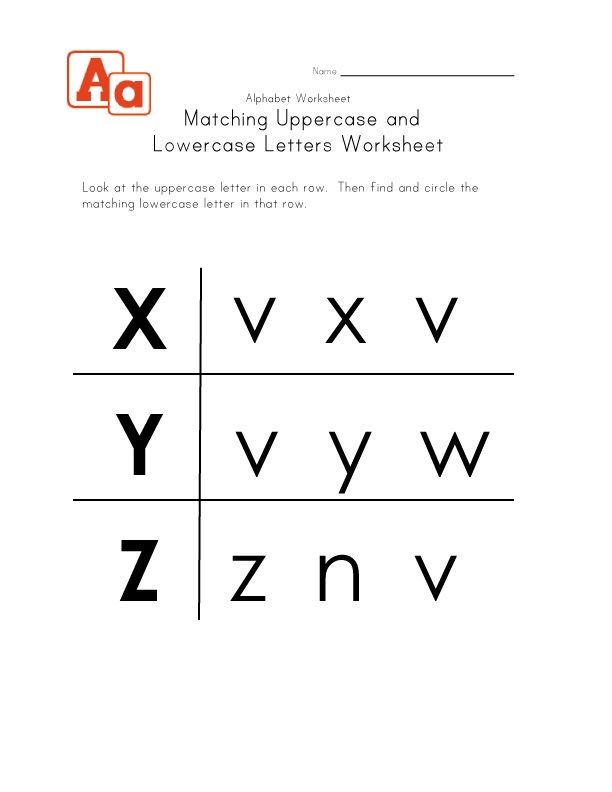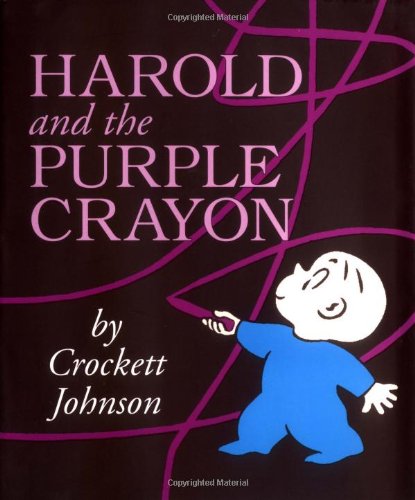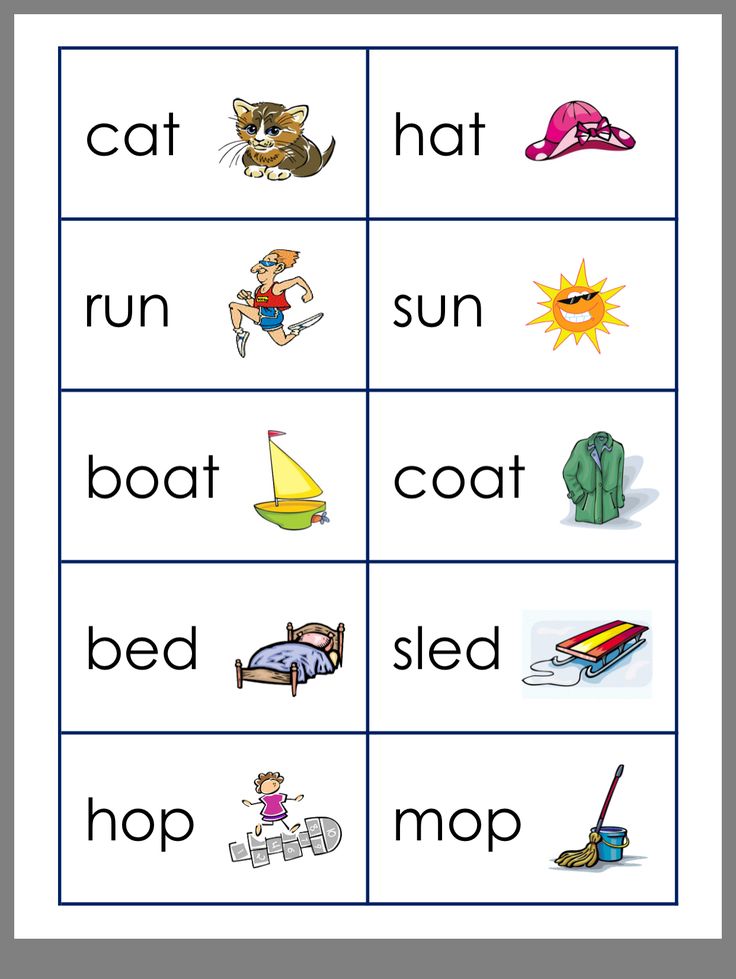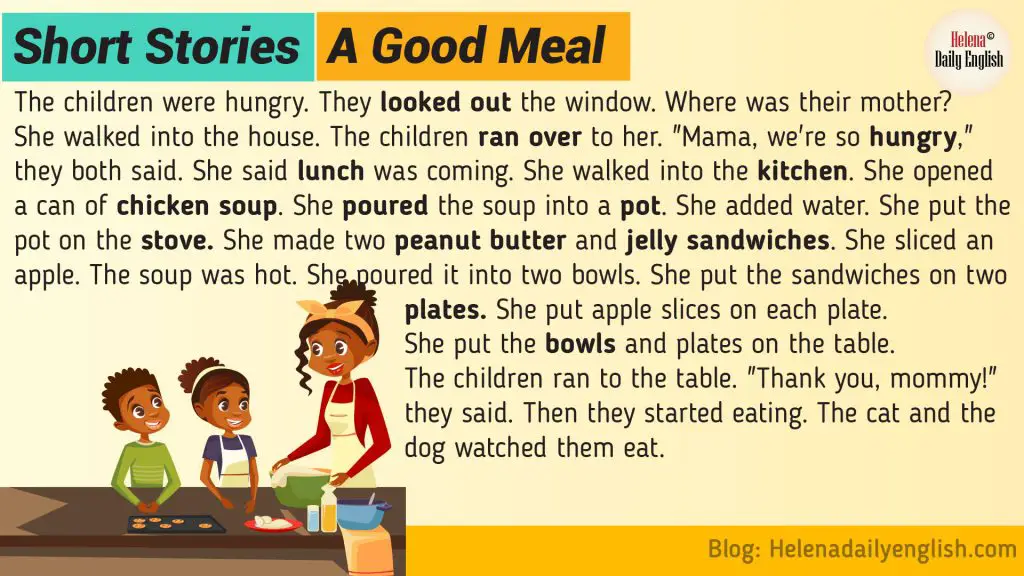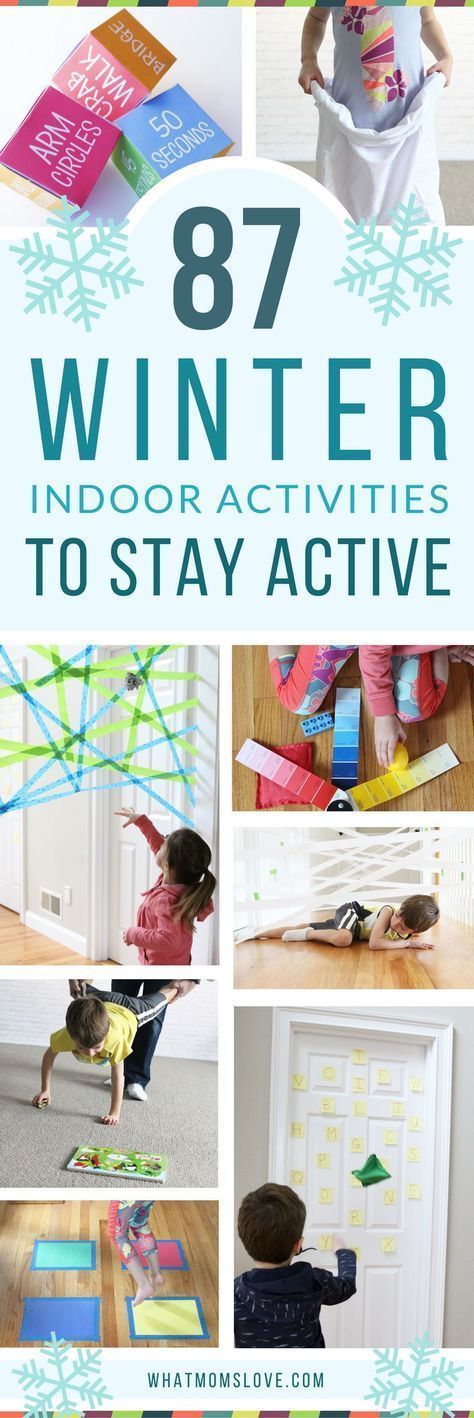Teach reading at home
The ABCs of Teaching Reading at Home
This month’s school closures have forced families to become teachers at home overnight.
What we know about beginning readers
Children progress as readers at different rates, but they pass through predictable stages of development. For typically-developing readers, the stages of reading can be mapped onto grade levels, but as a homeschool teacher you have the advantage of being able to provide the instruction your children need, regardless of their grade.
For each stage of reading development, we’ve selected materials so that caregivers can support their children’s progress. Each stage of reading has an instructional plan with easy suggestions for targeting the two main components of reading:
Oral language: vocabulary and background knowledge
Decoding: learning the way in which letters represent the sounds in each word
Learning about books and words (preschool–early kindergarten)
At this stage, you will see…
Children first learn about reading by watching skilled readers handle books. They learn how to hold a book, where to find the front cover, title, author, pictures, and words. Children learn all of this when adults point out key features while reading aloud.
Children will begin to emulate skilled readers, but they are still essentially nonreaders.
“…they can pretend to read stories they have heard many times, and they can guess words from pictures. However, all of their feats of reading are performed by using cues that do not involve the alphabetic system.”
— Ehri, 2005
In this phase of development, children may appear to read words, but they do so by remembering visual features, rather than by connecting letters to the spoken sounds they represent. For example, a child may “read” stop on a stop sign because they recognize the red octagon it’s printed on or because they see the squiggly shape of the letter S.
A child must learn…
Concepts of print
- Book handling: how to hold a book and turn its pages, while noticing key features such as pictures and words
Alphabet knowledge
- 26 lowercase letters (be able to name and write each letter effortlessly)
- 26 uppercase letters, which are used to signal the beginning of a sentence, the name of a person, etc.

Letter–sound associations (commonly referred to as phonics)
- From sound to letter (the sound /m/ is the letter m)
- From letter to sound (the letter s has the sound /s/)
Phonological awareness
- Streams of spoken language are composed of words
- Spoken English is composed of about 44 speech sounds (phonemes)
An adult should know…
To become a skilled reader, a child must learn how the words he or she hears and says are represented by the print on the page. A child must also become aware that words are made up of individual sounds (phonemic awareness). This understanding is essential for efficient reading.
| mat | ax | laugh | |
| Letters in the word | 3 | 2 | 5 |
| Phonemes (sounds) in the word | 3 | 3 | 3 |
Skilled readers instantly recognize letters (in a variety of fonts) and they know how those letters can be grouped to represent the ~44 phonemes (sounds) of spoken English.
Efficient readers do not memorize words based on sight. They match the letters to the sounds those letters make. Readers can differentiate between visually similar words (stop and slop) because they instantly recognize letters and because they know which features to ignore ( stop and STOP are the same word, no matter the font or handwriting).
How to help
Teaching About Books and Words
| What To Do | Focus On | Related Resources |
| Read aloud | Teaching concepts of print: title, author, illustrator, where to start reading, etc. | |
|
| Engaging in discussion while reading by asking open-ended questions | |
| Teach Letters | Building alphabet knowledge: recognizing and matching upper and lower case letters | |
| Handwriting with proper pencil grip and letter formation | ||
| Practicing letter names until your child can say them quickly | ||
| Practicing letter sounds, with correct pronunciation, until your child can say them quickly | ||
| Phonological Awareness | Playing with spoken words to help your child hear the parts of words (syllables, rhymes, phonemes) |
Assessments to Monitor Learning
Helpful Tips
- Short lessons framed as “games” make the learning process more enjoyable for you and your child
- Consider sprinkling instruction throughout the daya morning song with rhyming, letter practice before lunch, handwriting in the afternoon, a story at bedtime
Learning about words (kindergarten–early 1st grade)
At this stage, you will see…
Children use the letter sounds they have learned along with context to recite familiar books and memorize repetitive words.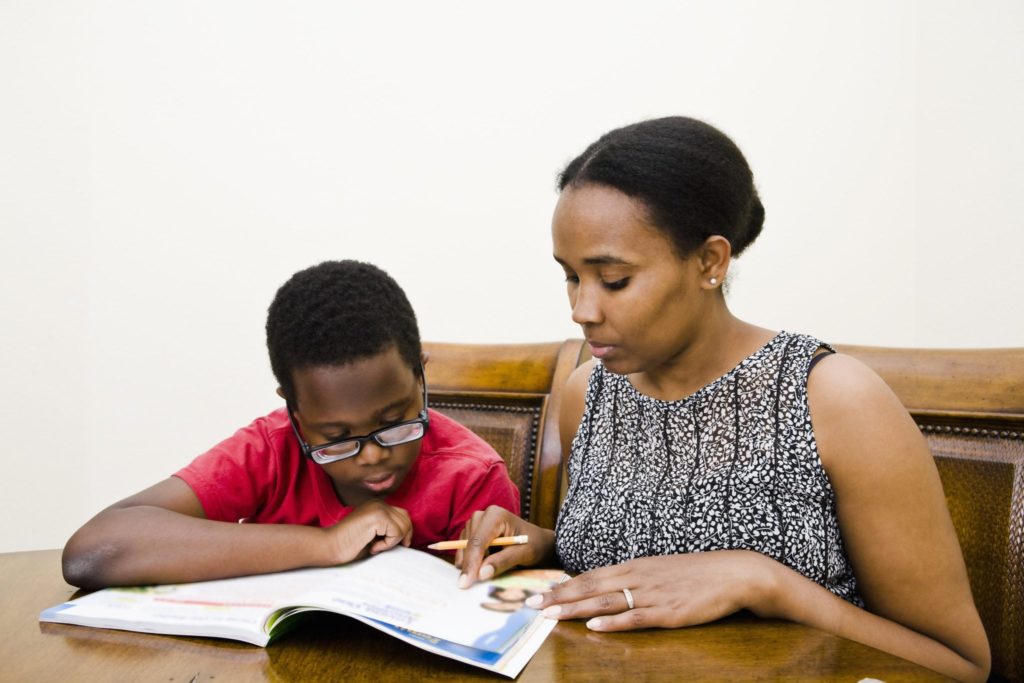 In this stage, children primarily pay attention to the first and last letters of words when reading and when writing.
In this stage, children primarily pay attention to the first and last letters of words when reading and when writing.
A child must learn…
To say the sounds for each letter in a word (/s/ /t/ /o/ /p/) and blend those four sounds together to read (stop).
Children begin with short words (such as at, up), progress to three-letter words that have a vowel in the middle (cat, bet, sip, jog), and then move on to more complicated spellings.
Some children quickly abandon guessing strategies and apply what they know about letter-sound relationships to their reading with relatively little instruction.
A majority of children require explicit instruction to make this leap, and some need many repetitions in order to cement their learning.
“Fortunately, because English is an alphabetic writing system, students can efficiently read many words once they learn how to use the relationships between letters and sounds. Unfortunately, however, switching from using context to using spelling-sound strategies is both unnatural and difficult for many students. Among the reasons for this is a lack of understanding that spoken words are made up of sound units (phonemes) and that the arrangements and varieties of phonemes correspond to the print they see on a page. A successful decoding program raises students’ awareness, understanding, and use of phonemes and establishes the relationships between letters, sounds, and spellings.”
Among the reasons for this is a lack of understanding that spoken words are made up of sound units (phonemes) and that the arrangements and varieties of phonemes correspond to the print they see on a page. A successful decoding program raises students’ awareness, understanding, and use of phonemes and establishes the relationships between letters, sounds, and spellings.”
— Shefelbine, 2014
An adult should know…
Reading at this stage is often a slow and laborious process. Listening to children sound out words can challenge our patience. Skilled readers instantly recognize the words and want children to do so, too. But if we ask a beginning reader to read quickly, he or she will revert to an earlier stage of development and will begin to guess words using initial sounds and context. Patience and calm determination are key, both for the child and the adult!
Paying attention to every letter of every word is essential to developing the automatic recognition of words, which teachers often call “sight words” (for more: learn about orthographic mapping).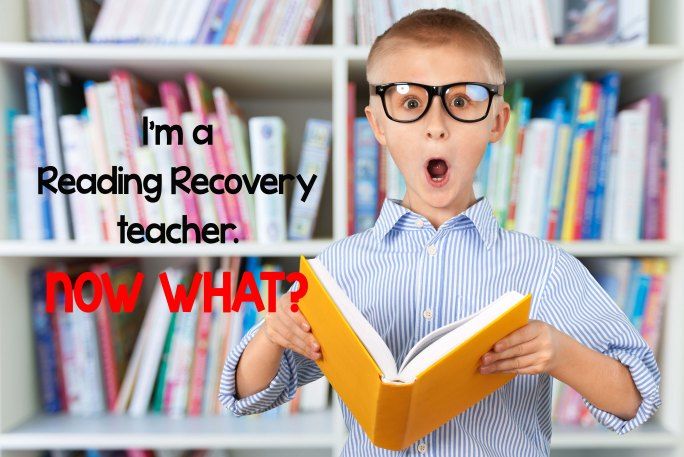 Slow, accurate reading will become quick and efficient once a child has had enough practice sounding out words.
Slow, accurate reading will become quick and efficient once a child has had enough practice sounding out words.
How to help
Teaching About Words
| What To Do | Focus On | Related Resources |
| Build Background Knowledge | Engaging in discussion to build vocabulary and content knowledge | |
| Listen to Your Child Read | Sounding out words while reading | Provide texts your child can read using the phonics they know (sources for decodable texts) To progress through this stage of reading development, children must learn to attend to every letter in every word. Avoid predictable texts, which prompt children to recite a pattern and use pictures to guess unknown words. See: What’s wrong with predictable or repetitive texts. |
| Phonological Awareness | Playing with spoken words to help your child hear phonemes (sounds) in words |
Assessments to Monitor Learning
Helpful Tips
- Practice sounding out words (instead of guessing) can be framed as a game (video lesson: Snowman Game)
- Short sessions of reading practice (5-15 minutes) sprinkled throughout the day may result in more productive and enjoyable practice than one longer session.
- This phase of reading has been nicknamed “the grunting and groaning stage” for a reason! A text will become easier for your child with each reread. Celebrate progress, knowing that the hard work will pay off in easier “first reads” when your child is developmentally ready.
Reading with greater ease (1st–2nd grades and beyond)
At this stage, you will see…
Readers can sound out unfamiliar words, they invent spellings that represent all the sounds in words, and they can remember correct spellings of words better than in the previous stages of development.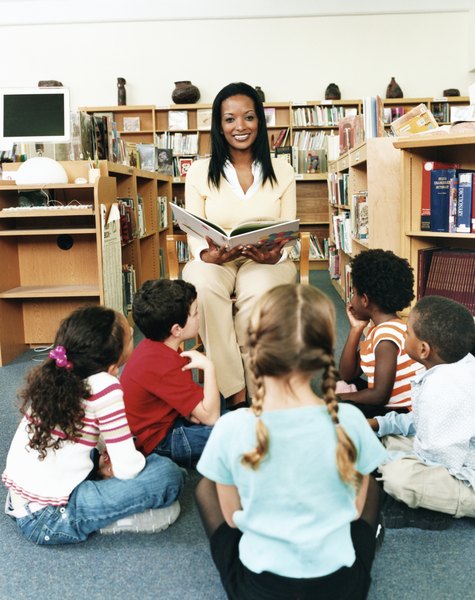
Children at this stage of development are able to remember more complicated spelling patterns for future encounters with a word when reading or for writing.
They may also begin to teach themselves new spelling patterns, inferring conventions in English spelling that they have not yet been taught.
“The final stage of reading acquisition is characterized by automaticity — the quick and effortless recognition of most words. A key instructional strategy for building this automaticity is massive amounts of reading practice at levels where decoding accuracy is at or above 95 percent. To achieve such accuracy, students must use spelling patterns to decode.”
— Shefelbine, 2015
A child must learn…
Fluency consists of accurate reading, at an appropriate rate, with suitable expression. It develops as a result of an enormous amount of reading practice.
Reading fluently supports reading comprehension.
An adult should know…
As a child’s reading begins to sound more like talking, his or her comprehension increases and that makes reading more enjoyable (both for the child and the adult listening!) You may need to teach your child how to read with attention to punctuation (e.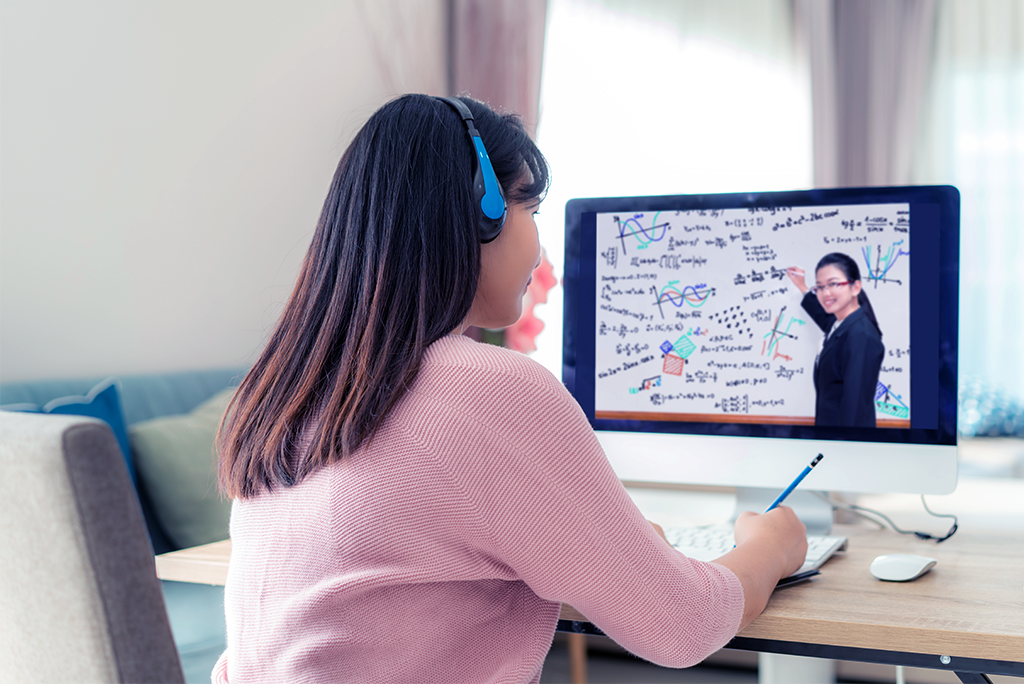 g. pausing for commas) and typography (e.g. getting a little LOUDER when text is in all caps). A short lesson and plenty of time to practice on a variety of texts can yield big gains.
g. pausing for commas) and typography (e.g. getting a little LOUDER when text is in all caps). A short lesson and plenty of time to practice on a variety of texts can yield big gains.
Reading practice builds reading stamina, so the more your child reads, the more he or she will want to read. You can help your child grow to love reading by providing authentic purposes for reading and writing (e.g. to learn more about a topic of interest) and by helping your child find books he or she enjoys.
How to help
Teaching and Practice for Reading With Greater Ease
| What To Do | Focus On | Related Resources |
| Build Background Knowledge | Engaging in discussion to build vocabulary and content knowledge | |
| Opportunities to Practice Reading | As you listen to your child read, ensure accuracy. |
Assessments to Monitor Learning
Helpful Tips
- To provide authentic purposes for reading and writing for your child, think about what reading and writing can be used for:
- Finding the answer to a question
- Learning to do something new
- Connecting with someone you miss
- Enjoying a good story
- Remembering something for the future
Your child is lucky to have you as a reading teacher
There are two strands to reading:
- Oral language is developed by talking and listening
- Decoding is acquired by learning how letters represent the sounds of spoken words
Any work you do with your child that builds his or her vocabulary, background knowledge, understanding of printed words and spelling, is teaching reading.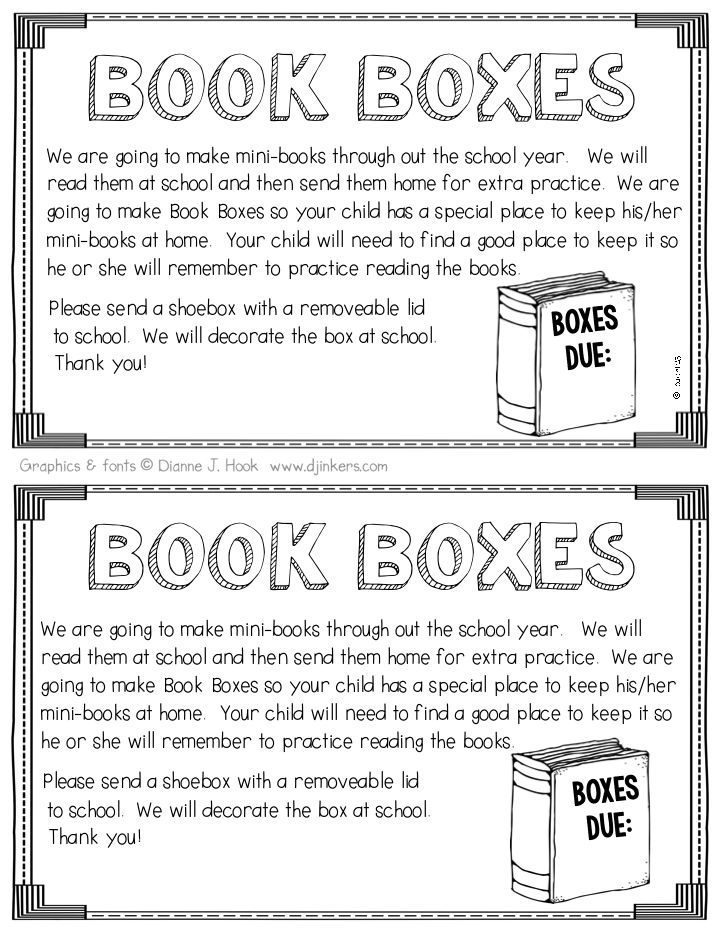
Working together and enjoying the process is more helpful to your child’s reading development than battling over the completion of worksheet packets. Your child is lucky to have an adult who is taking the time to understand and facilitate his or her development as a reader.
As you explore reading instruction for each phase of reading development, remember:
When you talk, read aloud, sing songs, and learn new things with your child, you are a reading teacher.
Additional resources
Video: Reading, Singing, Playing, and Talking with Children
- Quick tips for engaging activities to do with your child throughout the day
At-Home Learning from Zaner-Bloser
- Free printable resources organized by grade level and topic: handwriting, phonological awareness, print concepts, letter recognition, grammar, etc.
Florida Center for Reading Research: Student Center Activities
- Activities for children in grades K-5
- Includes easy lesson plans and printable materials
- Covers five essential components of reading instruction: phonemic awareness, phonics, fluency, vocabulary, and comprehension
Free Reading
- Covers five essential components of reading instruction: phonemic awareness, phonics, fluency, vocabulary, and comprehension
- Includes print concepts and writing
- 40 weeks of lessons
- For kindergarten students at risk for reading, start at Week 1, Day 1
- For first grade students at risk for reading, start at Week 21, Day 1
- For students in other grades who are still developing literacy skills, begin with the lessons and activities that best match their child’s needs
Parker Phonics (free downloadable books)
- Teaching a Preschooler to Read
- Reading Instruction and Phonics
- The Reading Disability Crisis
Spelfabet
- Suggested activities, printable materials, videos, and explanations
- Resources for all ages, preschool children to adults with reading difficulties
One pagers of teaching tips for parents of children preschool-3rd grade
- Printable one-page guides that are organized by grade level
- Tips for adults and activity ideas for children
- Available in English and 12 other languages
Teach Your Child to Read in 100 Easy Lessons
- 100 lessons that are each 20 minutes
- Step-by-step program for parents to teach their children to read
- Book cost ~$25
Amplify Core Knowledge Language Arts Resources for Parents
- Free curricula for use with children in Kindergarten–8th grade
- Many activities can be done independently by the child
- Read Aloud lesson videos
- Independent practice for foundational skills
- Self-guided videos on science topics
UFLI Virtual Teaching Resource Hub
- Resources, including links for additional sources of high-quality materials
Teaching children to read isn’t easy.
 How do kids actually learn to read? A student in a Mississippi elementary school reads a book in class. Research shows young children need explicit, systematic phonics instruction to learn how to read fluently. Credit: Terrell Clark for The Hechinger Report
How do kids actually learn to read? A student in a Mississippi elementary school reads a book in class. Research shows young children need explicit, systematic phonics instruction to learn how to read fluently. Credit: Terrell Clark for The Hechinger ReportTeaching kids to read isn’t easy; educators often feel strongly about what they think is the “right” way to teach this essential skill. Though teachers’ approaches may differ, the research is pretty clear on how best to help kids learn to read. Here’s what parents should look for in their children’s classroom.
How do kids actually learn how to read?
Research shows kids learn to read when they are able to identify letters or combinations of letters and connect those letters to sounds. There’s more to it, of course, like attaching meaning to words and phrases, but phonemic awareness (understanding sounds in spoken words) and an understanding of phonics (knowing that letters in print correspond to sounds) are the most basic first steps to becoming a reader.
If children can’t master phonics, they are more likely to struggle to read. That’s why researchers say explicit, systematic instruction in phonics is important: Teachers must lead students step by step through a specific sequence of letters and sounds. Kids who learn how to decode words can then apply that skill to more challenging words and ultimately read with fluency. Some kids may not need much help with phonics, especially as they get older, but experts say phonics instruction can be essential for young children and struggling readers “We don’t know how much phonics each kid needs,” said Anders Rasmussen, principal of Wood Road Elementary School in Ballston Spa, New York, who recently led the transformation of his schools’ reading program to a research-based, structured approach. “But we know no kid is hurt by getting too much of it.”
How should your child’s school teach reading?
Timothy Shanahan, a professor emeritus at the University of Illinois at Chicago and an expert on reading instruction, said phonics are important in kindergarten through second grade and phonemic awareness should be explicitly taught in kindergarten and first grade.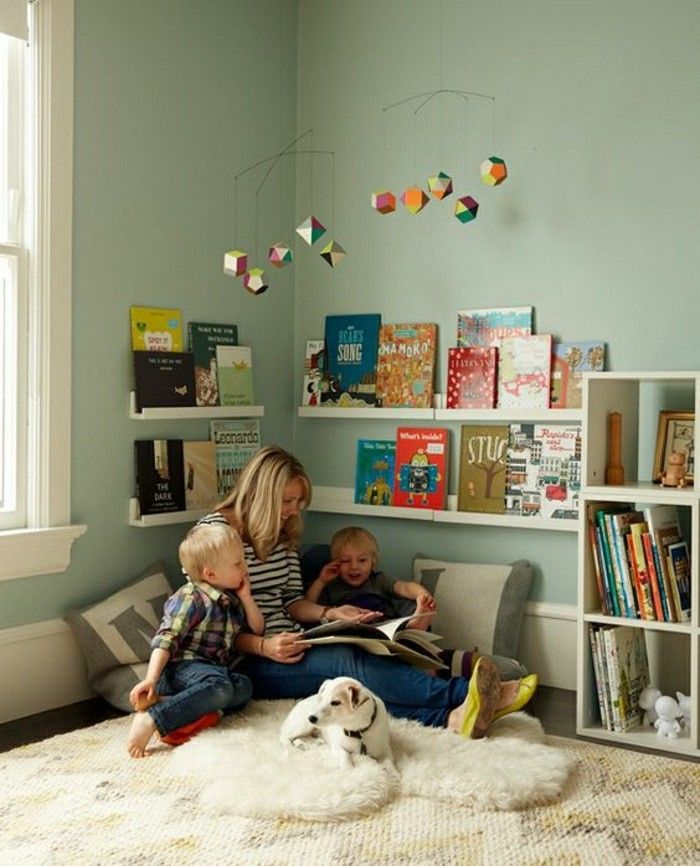 This view has been underscored by experts in recent years as the debate over reading instruction has intensified. But teaching kids how to read should include more than phonics, said Shanahan. They should also be exposed to oral reading, reading comprehension and writing.
This view has been underscored by experts in recent years as the debate over reading instruction has intensified. But teaching kids how to read should include more than phonics, said Shanahan. They should also be exposed to oral reading, reading comprehension and writing.
The wars over how to teach reading are back. Here’s the four things you need to know.
Wiley Blevins, an author and expert on phonics, said a good test parents can use to determine whether a child is receiving research-based reading instruction is to ask their child’s teacher how reading is taught. “They should be able to tell you something more than ‘by reading lots of books’ and ‘developing a love of reading.’ ” Blevins said. Along with time dedicated to teaching phonics, Blevins said children should participate in read-alouds with their teacher to build vocabulary and content knowledge. “These read-alouds must involve interactive conversations to engage students in thinking about the content and using the vocabulary,” he said. “Too often, when time is limited, the daily read-alouds are the first thing left out of the reading time. We undervalue its impact on reading growth and must change that.”
“Too often, when time is limited, the daily read-alouds are the first thing left out of the reading time. We undervalue its impact on reading growth and must change that.”
Rasmussen’s school uses a structured approach: Children receive lessons in phonemic awareness, phonics, pre-writing and writing, vocabulary and repeated readings. Research shows this type of “systematic and intensive” approach in several aspects of literacy can turn children who struggle to read into average or above-average readers.
What should schools avoid when teaching reading?
Educators and experts say kids should be encouraged to sound out words, instead of guessing. “We really want to make sure that no kid is guessing,” Rasmussen said. “You really want … your own kid sounding out words and blending words from the earliest level on.” That means children are not told to guess an unfamiliar word by looking at a picture in the book, for example. As children encounter more challenging texts in later grades, avoiding reliance on visual cues also supports fluent reading. “When they get to ninth grade and they have to read “Of Mice and Men,” there are no picture cues,” Rasmussen said.
“When they get to ninth grade and they have to read “Of Mice and Men,” there are no picture cues,” Rasmussen said.
Related: Teacher Voice: We need phonics, along with other supports, for reading
Blevins and Shanahan caution against organizing books by different reading levels and keeping students at one level until they read with enough fluency to move up to the next level. Although many people may think keeping students at one level will help prevent them from getting frustrated and discouraged by difficult texts, research shows that students actually learn more when they are challenged by reading materials.
Blevins said reliance on “leveled books” can contribute to “a bad habit in readers.” Because students can’t sound out many of the words, they rely on memorizing repeated words and sentence patterns, or on using picture clues to guess words. Rasmussen said making kids stick with one reading level — and, especially, consistently giving some kids texts that are below grade level, rather than giving them supports to bring them to grade level — can also lead to larger gaps in reading ability.
How do I know if a reading curriculum is effective?
Some reading curricula cover more aspects of literacy than others. While almost all programs have some research-based components, the structure of a program can make a big difference, said Rasmussen. Watching children read is the best way to tell if they are receiving proper instruction — explicit, systematic instruction in phonics to establish a foundation for reading, coupled with the use of grade-level texts, offered to all kids.
Parents who are curious about what’s included in the curriculum in their child’s classroom can find sources online, like a chart included in an article by Readingrockets.org which summarizes the various aspects of literacy, including phonics, writing and comprehension strategies, in some of the most popular reading curricula.
Blevins also suggested some questions parents can ask their child’s teacher:
- What is your phonics scope and sequence?
“If research-based, the curriculum must have a clearly defined phonics scope and sequence that serves as the spine of the instruction. ” Blevins said.
” Blevins said.
- Do you have decodable readers (short books with words composed of the letters and sounds students are learning) to practice phonics?
“If no decodable or phonics readers are used, students are unlikely to get the amount of practice and application to get to mastery so they can then transfer these skills to all reading and writing experiences,” Blevins said. “If teachers say they are using leveled books, ask how many words can students sound out based on the phonics skills (teachers) have taught … Can these words be fully sounded out based on the phonics skills you taught or are children only using pieces of the word? They should be fully sounding out the words — not using just the first or first and last letters and guessing at the rest.”
- What are you doing to build students’ vocabulary and background knowledge? How frequent is this instruction? How much time is spent each day doing this?
“It should be a lot,” Blevins said, “and much of it happens during read-alouds, especially informational texts, and science and social studies lessons. ”
”
- Is the research used to support your reading curriculum just about the actual materials, or does it draw from a larger body of research on how children learn to read? How does it connect to the science of reading?
Teachers should be able to answer these questions, said Blevins.
What should I do if my child isn’t progressing in reading?
When a child isn’t progressing, Blevins said, the key is to find out why. “Is it a learning challenge or is your child a curriculum casualty? This is a tough one.” Blevins suggested that parents of kindergarteners and first graders ask their child’s school to test the child’s phonemic awareness, phonics and fluency.
Parents of older children should ask for a test of vocabulary. “These tests will locate some underlying issues as to why your child is struggling reading and understanding what they read,” Blevins said. “Once underlying issues are found, they can be systematically addressed. ”
”
“We don’t know how much phonics each kid needs. But we know no kid is hurt by getting too much of it.”
Anders Rasmussen, principal of Wood Road Elementary School in Ballston Spa, New York
Rasmussen recommended parents work with their school if they are concerned about their children’s progress. By sitting and reading with their children, parents can see the kind of literacy instruction the kids are receiving. If children are trying to guess based on pictures, parents can talk to teachers about increasing phonics instruction.
“Teachers aren’t there doing necessarily bad things or disadvantaging kids purposefully or willfully,” Rasmussen said. “You have many great reading teachers using some effective strategies and some ineffective strategies.”
What can parents do at home to help their children learn to read?
Parents want to help their kids learn how to read but don’t want to push them to the point where they hate reading. “Parents at home can fall into the trap of thinking this is about drilling their kid,” said Cindy Jiban, a former educator and current principal academic lead at NWEA, a research-based non-profit focused on assessments and professional learning opportunities. “This is unfortunate,” Jiban said. “It sets up a parent-child interaction that makes it, ‘Ugh, there’s this thing that’s not fun.’” Instead, Jiban advises making decoding playful. Here are some ideas:
“Parents at home can fall into the trap of thinking this is about drilling their kid,” said Cindy Jiban, a former educator and current principal academic lead at NWEA, a research-based non-profit focused on assessments and professional learning opportunities. “This is unfortunate,” Jiban said. “It sets up a parent-child interaction that makes it, ‘Ugh, there’s this thing that’s not fun.’” Instead, Jiban advises making decoding playful. Here are some ideas:
- Challenge kids to find everything in the house that starts with a specific sound.
- Stretch out one word in a sentence. Ask your child to “pass the salt” but say the individual sounds in the word “salt” instead of the word itself.
- Ask your child to figure out what every family member’s name would be if it started with a “b” sound.
- Sing that annoying “Banana fana fo fanna song.” Jiban said that kind of playful activity can actually help a kid think about the sounds that correspond with letters even if they’re not looking at a letter right in front of them.

- Read your child’s favorite book over and over again. For books that children know well, Jiban suggests that children use their finger to follow along as each word is read. Parents can do the same, or come up with another strategy to help kids follow which words they’re reading on a page.
Giving a child diverse experiences that seem to have nothing to do with reading can also help a child’s reading ability. By having a variety of experiences, Rasmussen said, children will be able to apply their own knowledge to better comprehend texts about various topics.
This story about teaching children to read was produced by The Hechinger Report, a nonprofit, independent news organization focused on inequality and innovation in education. Sign up for Hechinger’s newsletter.
The Hechinger Report provides in-depth, fact-based, unbiased reporting on education that is free to all readers. But that doesn't mean it's free to produce.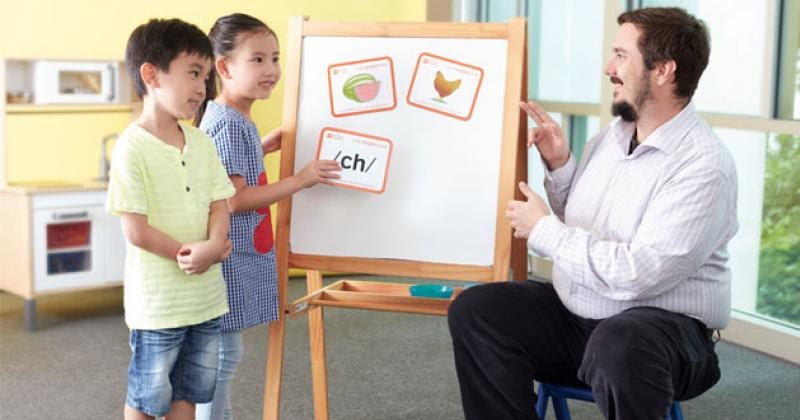 Our work keeps educators and the public informed about pressing issues at schools and on campuses throughout the country. We tell the whole story, even when the details are inconvenient. Help us keep doing that.
Our work keeps educators and the public informed about pressing issues at schools and on campuses throughout the country. We tell the whole story, even when the details are inconvenient. Help us keep doing that.
Join us today.
How to teach a child to read: important rules and effective methods Lifehacker has selected the best ways for responsible parents.
Share
0How to understand that it's time: signs of psychological readiness
- The child is fluent in sentences and understands the meaning of what is said.
- The child distinguishes sounds (what speech therapists call developed phonemic hearing). Simply put, the baby will easily understand by ear where house and bow , and where - volume and hatch .
- Your child pronounces all the sounds and has no speech problems.
- The child understands directions: left-right, up-down.
 Let's omit the point that adults often confuse right and left. For learning to read, it is important that the baby can follow the text from left to right and from top to bottom.
Let's omit the point that adults often confuse right and left. For learning to read, it is important that the baby can follow the text from left to right and from top to bottom.
8 rules that will help teach your child to read
Set an example
In a family where there is a culture and tradition of reading, children themselves will reach for books. Read not because it is necessary and useful, but because it is a pleasure for you.
Read together and discuss
You read aloud and then look at the picture together, encouraging the child to interact with the book: “Who is this picture? Can you show me the cat's ears? And who is this standing next to her? Older children can be asked more difficult questions: “Why did he do this? What do you think will happen next?"
Go from simple to complex
Start with sounds, then move on to syllables. Let the words consisting of repeated syllables be the first: ma-ma, pa-pa, uncle-dya, nya-nya .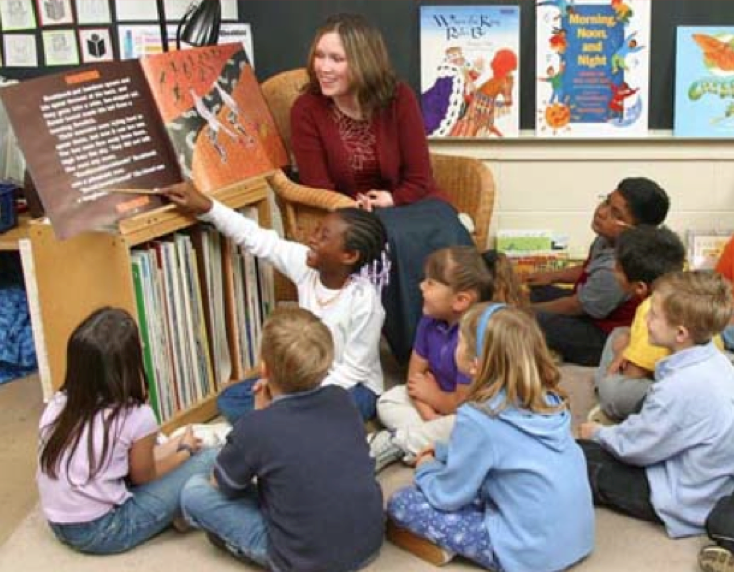 After them, move on to more complex combinations: ko-t, zhu-k, do-m .
After them, move on to more complex combinations: ko-t, zhu-k, do-m .
Show that letters are everywhere
Play a game. Let the child find the letters that surround him on the street and at home. These are the names of stores, and memos on information stands, and even traffic light messages: it happens that the inscription “Go” lights up on green, and “Wait so many seconds” on red.
Play
And play again. Stack blocks with letters and syllables, make up words, ask your child to read you some kind of sign or inscription on the packaging in the store.
Use every opportunity to practice
Whether you are waiting in line at the clinic or driving somewhere, take out a picture book with short stories to accompany them and invite your child to read together.
Build on your success
Repeat familiar texts, look for familiar characters in new stories. The runaway bunny is found in both "Teremka" and "Kolobok".
Do not force
This is perhaps the most important thing.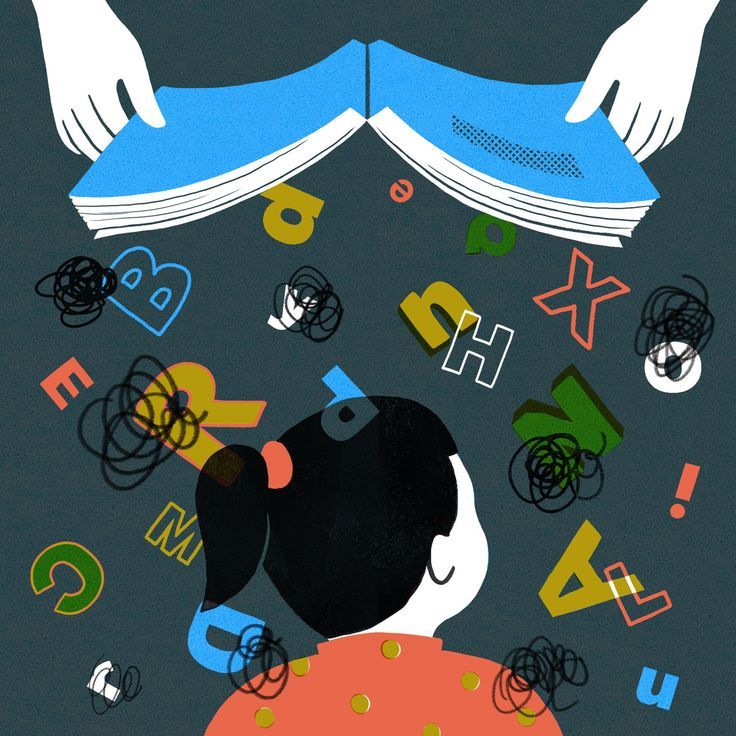 Don't take away a child's childhood. Learning should not go through violence and tears.
Don't take away a child's childhood. Learning should not go through violence and tears.
6 time-tested methods
ABCs and primers
katarina_rosh/livejournal.comTraditional, but the longest way. The difference between these books is that the alphabet fixes each letter with a mnemonic picture: a drum will be drawn on the page from B , and a spinning top next to Yu . The alphabet helps to remember letters and - often - interesting rhymes, but will not teach you how to read.
The primer consistently teaches the child to combine sounds into syllables, and syllables into words. This process is not easy and requires perseverance.
There are quite a lot of author's primers now. According to the books of Nadezhda Betenkova, Vseslav Goretsky, Dmitry Fonin, Natalya Pavlova, children can study both with their parents before school and in the first grade.
Parents agree that one of the most understandable methods for teaching preschoolers is Nadezhda Zhukova's primer. The author simply explains the most difficult thing for a child: how to turn letters into syllables, how to read ma-ma , and not start naming individual letters me-a-me-a .
The author simply explains the most difficult thing for a child: how to turn letters into syllables, how to read ma-ma , and not start naming individual letters me-a-me-a .
Zaitsev's Cubes
igrushkinadom.comIf a child masters letters and syllables sequentially while learning the ABC book, then in 52 Zaitsev's Cubes he is given access to everything at once: a single letter or combinations of a consonant and a vowel, a consonant and a hard or soft sign.
The child effortlessly learns the differences between voiceless and voiced sounds, because the cubes with voiceless consonants are filled with wood, and the cubes with voiced consonants are filled with metal.
Cubes differ in size. The large ones depict hard warehouses, the small ones - soft ones. The author of the technique explains this by the fact that when we pronounce to (hard warehouse), the mouth opens wide, or (soft warehouse) - lips in a half smile.
The set includes tables with warehouses that a parent sings (yes, he doesn't speak, but sings) to his child.
The child quickly masters reading with the help of cubes, but may begin to swallow the endings and will face difficulties already at school when parsing a word by composition.
"Skladushki" and "Teremki" by Vyacheslav Voskobovich
igrushkinadom.comIn "Skladushki" Vyacheslav Voskobovich reworked Zaitsev's idea: 21 cards represent all the warehouses of the Russian language with nice thematic pictures. Included is a CD with songs, the texts of which go under each picture.
Folders are great for kids who like looking at pictures. Each of them is an occasion to discuss with the child where the kitten is, what the puppy is doing, where the beetle flew.
It is possible to teach a child with these cards from the age of three. At the same time, it is worth noting that the author of the methodology himself does not consider it necessary. Vyacheslav Voskobovich: “How to keep a child in yourself? Play!" boost early development.
Vyacheslav Voskobovich: “How to keep a child in yourself? Play!" boost early development.
"Teremki" by Voskobovich consist of 12 wooden cubes with consonants and 12 cardboard cubes with vowels. First, the child gets acquainted with the alphabet and tries with the help of parents to come up with words that begin with each of the letters.
Then it's time to learn the syllables. A is inserted into the tower with the letter M - and the first syllable is obtained ma . From several towers you can lay out words. Learning is based on play. So, when replacing the vowel , the house will turn into smoke .
You can start playing tower blocks from the age of two. At the same time, parents will not be left alone with the cubes: the kit includes a manual with a detailed description of the methodology and game options.
Dynamic Chaplygin Cubes
umnitsa.ru Evgeny Chaplygin's manual includes 10 cubes and 10 moving blocks.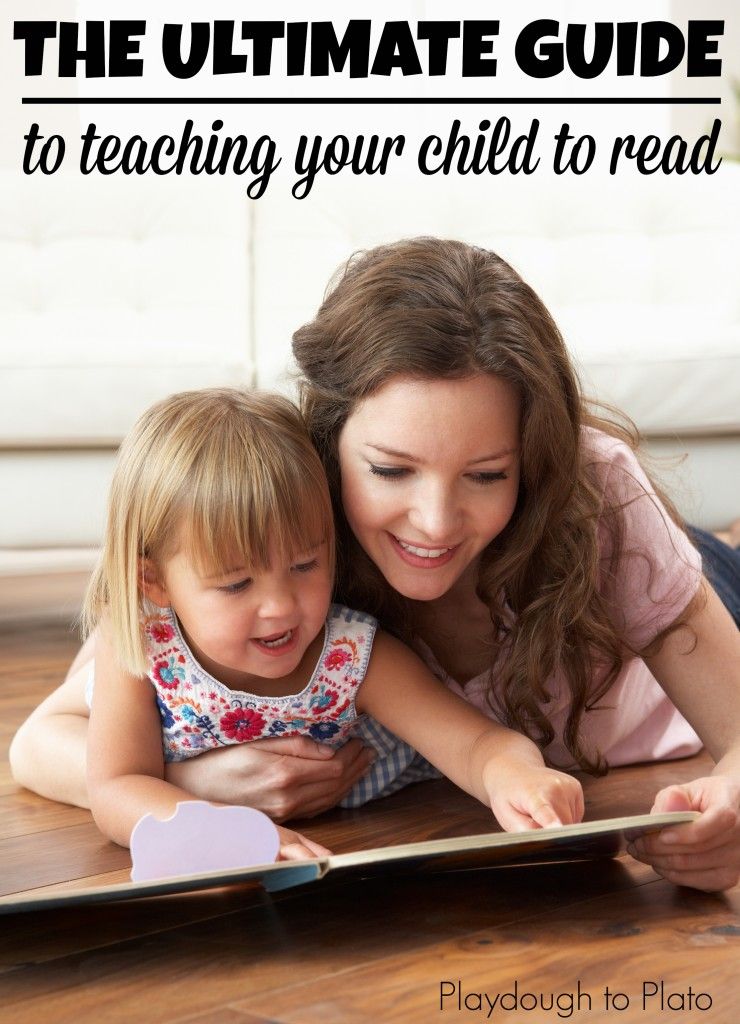 Each dynamic block consists of a pair - a consonant and a vowel. The task of the child is to twist the cubes and find a pair.
Each dynamic block consists of a pair - a consonant and a vowel. The task of the child is to twist the cubes and find a pair.
At the initial stage, as with any other method of learning to read in warehouses, the child makes the simplest words from repeating syllables: ma-ma, pa-pa, ba-ba . The involved motor skills help to quickly remember the shape of the letters, and the search for already familiar syllables turns into an exciting game. The cubes are accompanied by a manual describing the methodology and words that can be composed.
The optimal age for classes is 4-5 years. You can start earlier, but only in the game format.
Doman's cards
steshka.ruAmerican doctor Glenn Doman proposes to teach children not individual letters or even syllables, but whole words. Parents name and show the child the words on the cards for 1-2 seconds. In this case, the baby is not required to repeat what he heard.
Classes start with 15 cards with the simplest concepts like mom and dad . Gradually, the number of words increases, those already learned leave the set, and the child begins to study phrases: for example, color + object, size + object.
Gradually, the number of words increases, those already learned leave the set, and the child begins to study phrases: for example, color + object, size + object.
How can one understand that a child has understood and memorized the visual image of a word, if the author of the methodology recommends starting classes from birth? It is worth paying attention to an important detail that parents miss in an attempt to make their child the smartest, most developed, the best.
Glenn Doman in "The Harmonious Development of the Child" strongly emphasizes that it is not necessary to arrange tests and checks for the child: kids do not like this and lose interest in classes.
It's better to remember 50 cards out of 100 than 10 out of 10.
Glenn Doman
But given that parents can't help but check, he advises the child to play the game if they want and are ready. For example, you can put a few cards and ask to bring one or point to it.
Today, psychologists, neurophysiologists Steven Novella, MD, "Psychomotor Patterning" and pediatricians American Academy of Pediatrics "The Doman-Delacato Treatment of Neurologically Handicapped Children" agree that the Doman method is not aimed at teaching reading, but at mechanical memorization of visual images of words. The child turns out to be an object of learning and is almost deprived of the opportunity to learn something on his own.
The child turns out to be an object of learning and is almost deprived of the opportunity to learn something on his own.
It is also worth adding: in order to proceed to the Doman reading stage, parents need to prepare cards with all (!) words that are found in a particular book.
6. Montessori Reading
howwemontessori.comMontessori reading comes from the reverse: first we write and only then we read. Letters are the same pictures, so you first need to learn how to draw them and only then engage in pronunciation and reading. Children begin by tracing and shading the letters, and through this, they memorize their outline. When several vowels and consonants have been studied, they move on to the first simple words.
Much attention is paid to the tactile component, so children can literally touch the alphabet, cut out of rough or velvety paper.
The value of the methodology lies in learning through play. So, you can put a rough letter and a plate of semolina in front of the child and offer to first circle the sign with your finger, and then repeat this on the semolina.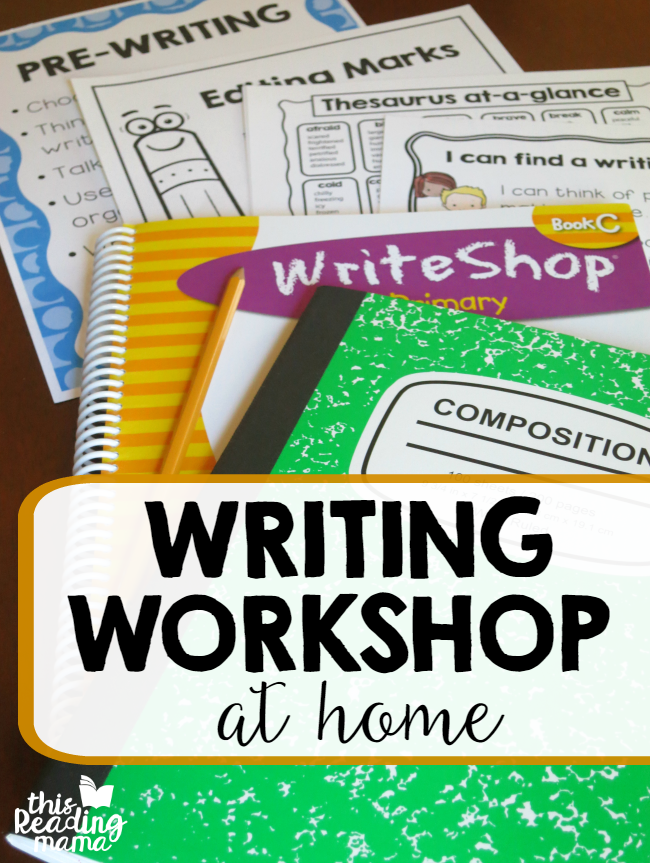
The difficulty for parents is to purchase or prepare a significant amount of handouts.
Conclusions
On the Internet and on posters advertising "educators", you will be offered ultra-modern methods for teaching a child to read at three, two years old, or even from birth. But let's be realistic: a happy mother is needed a year, not developmental activities.
The myth that it's too late after three is firmly planted in the minds and hearts of tired parents and is actively fueled by marketers.
The authors of the methods unanimously insist that the most natural learning process for a child is through play, and not through classes in which the parent plays the role of a strict controller. Your main assistant in learning is the curiosity of the child himself.
Some children will study for six months and start reading at three, others have to wait a couple of years to learn in just a month. Focus on the interests of the child.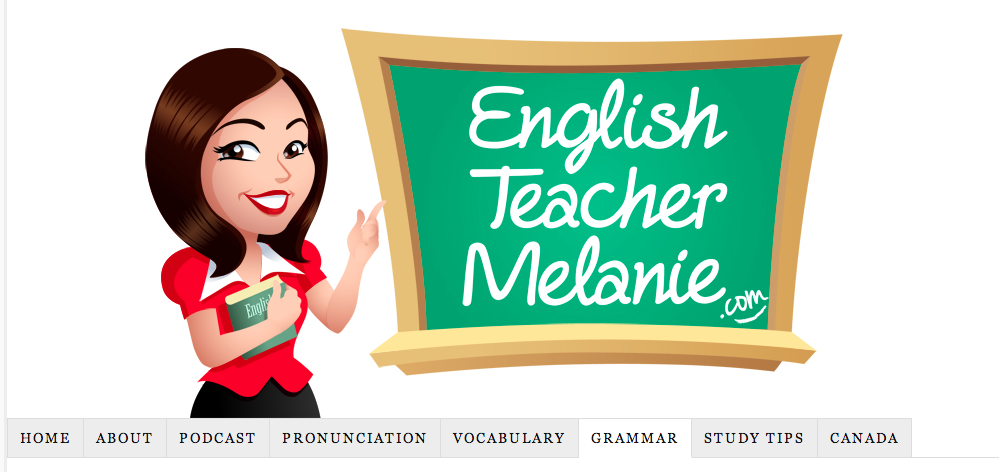 If he likes books and pictures, then primers and Folders will come to the rescue. If he is a fidget, then cubes and the Montessori system will help.
If he likes books and pictures, then primers and Folders will come to the rescue. If he is a fidget, then cubes and the Montessori system will help.
In learning to read, everything is simple and complex at the same time. If your child often sees you with a book, you have a tradition of reading before bed, your chances of getting your baby interested in reading will increase significantly.
Tell us in the comments how you teach reading and what are your children's favorite books.
step-by-step instructions with expert advice
Parents of toddlers often ask themselves: “How can I teach my child to read by syllables at home?” After all, school is just around the corner, and many children come already prepared - they can read and count
Anastasia Naumova
Author of the KP
Natalya Manukhina
Candidate of Psychological Sciences,
family psychologist
Irina Danilina
Methodist of the educational
online platform Uchi.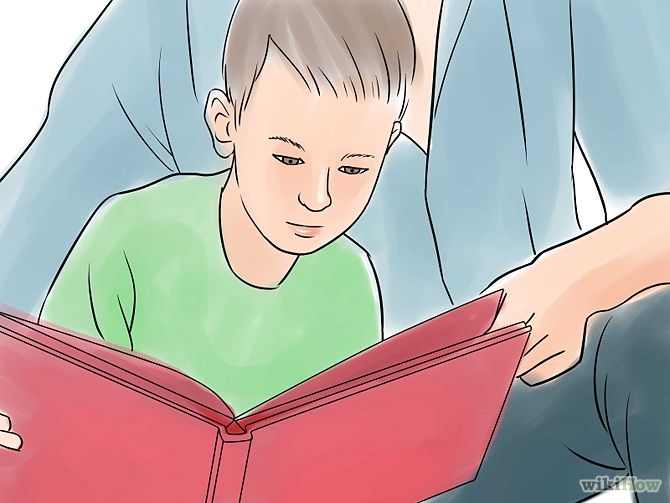 ru
ru
Many parents strive to teach their child to read as early as possible. But is it worth it to rush into learning? To answer this question, we need to closely monitor how the intelligence of children develops at an early age.
Until the age of 5, the right hemisphere of the brain is more developed in a child. It is responsible for emotions, fantasies and creative activity. It is difficult for a child at this age to remember and recognize letters, numbers and other symbols. Therefore, psychologists and teachers do not recommend teaching children the alphabet up to 5 years. However, this does not mean that any books should be put aside until this age. Quite the opposite: it is better for parents to read fairy tales and stories that they like as often as possible. If you show your child from an early age that reading is an exciting process, the study of letters in the future will be much more enthusiastic.
After 5 years, the intelligence of children changes: they become more diligent, attentive and focused.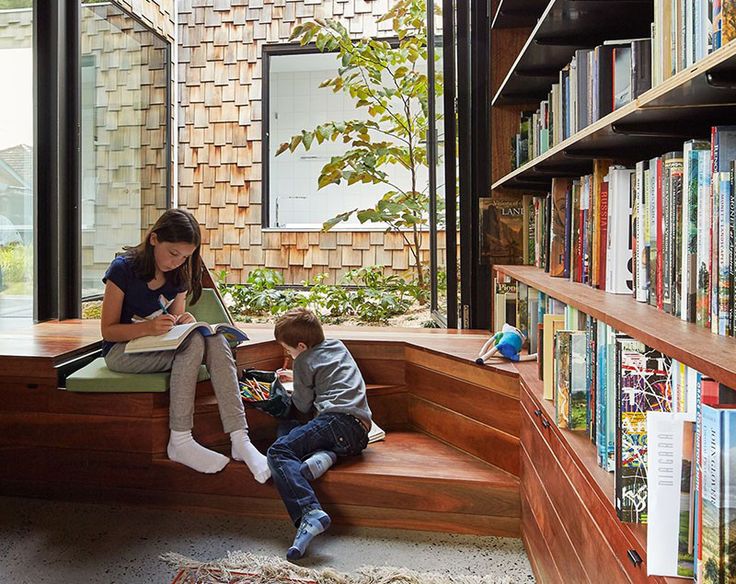 This is because the left hemisphere, which is responsible for analysis, logic and memorization, is making a big leap in development. That is why experts advise teaching children to read not earlier than 5-6 years.
This is because the left hemisphere, which is responsible for analysis, logic and memorization, is making a big leap in development. That is why experts advise teaching children to read not earlier than 5-6 years.
How do you know if a child is ready to learn?
A child begins to explore the world from birth, and the development of his abilities occurs linearly - this cannot be changed or accelerated.
By the age of 3-4, a child cannot yet understand the difference between such concepts as sound, letter, syllable and word. At this age, children can put letters into a syllable and even remember how it is spelled. But it is difficult to read and even more so to understand what they read. Therefore, there is no point in rushing things, trying to "skip" some stage of development. Closer to 6-7 (sometimes 5) years, children usually have a desire to read.
Early childhood educators identify several indicators of a child's readiness to learn to read that parents can use as a guide.
Sign 1
The child actively talks and understands the meaning of what he is talking about. The speech is coherent, long and consists of complete sentences. Too early learning to read can lead to a delay in speech development. This is explained by the fact that at a time when the brain should be actively working on the formation of speech, it is "switched" to memorizing sounds, letters and syllables.
Sign 2
The child has already developed phonemic hearing - in other words, he distinguishes sounds. That is, the baby can easily understand by ear what is different "house" and "tom", "bow" and "hatch" .
Sign 3
The baby pronounces all sounds without errors, does not burr or lisp. If pronunciation problems are not corrected, the child will incorrectly associate letters with sounds.
If you have problems with pronunciation, you should work with a speech therapist before starting the course.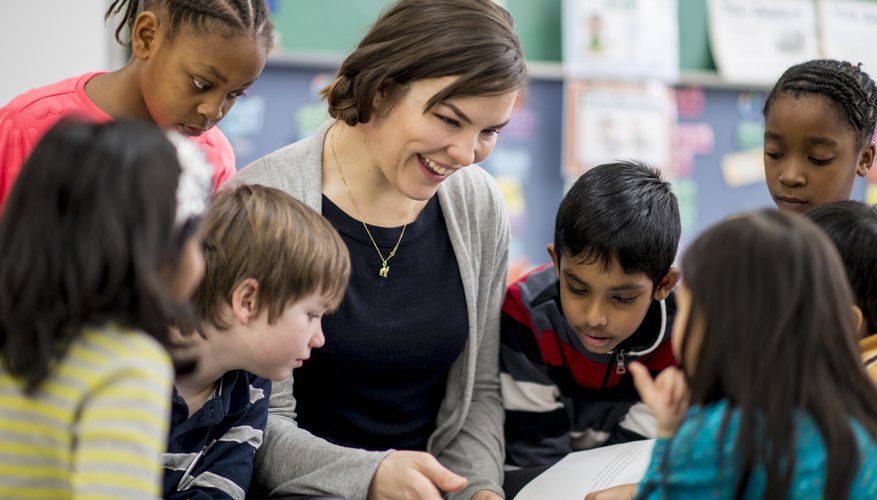 However, keep in mind that children under 5 years of age do not need the help of a speech therapist. You need to correct the pronunciation of sounds later if the baby’s speech does not correct itself.
However, keep in mind that children under 5 years of age do not need the help of a speech therapist. You need to correct the pronunciation of sounds later if the baby’s speech does not correct itself.
Sign 4
The child has developed logic, he is well oriented in space and understands where is “up” and where is “down”, where is “right” and where is “left”.
Sometimes children confuse which letter to start reading with, or even try to read the words “mirror”, that is, from the end. To learn to read, it is important that the baby is able to follow the text from left to right and from top to bottom.
Sign 5
The child is assiduous and knows how to concentrate. He can concentrate for a while, doing one thing, such as sculpting or painting.
Feature 6
The son or daughter has an interest in books. Without this, of course, nowhere. You can not force a child to read by force. This can permanently discourage the desire to engage in reading. In order for a child to love reading, it is important that parents set an appropriate example, for example, by reading books that interest the child. This can be done from an early age, even before learning to read. You will see, over time, he himself will be interested to know what is written on these colorful pages.
This can permanently discourage the desire to engage in reading. In order for a child to love reading, it is important that parents set an appropriate example, for example, by reading books that interest the child. This can be done from an early age, even before learning to read. You will see, over time, he himself will be interested to know what is written on these colorful pages.
Sometimes reading problems are caused by hearing loss in children. In such a situation, you should seek help from a teacher of the deaf.
If the child has the listed signs or at least some of them, you can start learning. But before that, with the baby you need to do a little preparation.
Read also
"Dog and cat": teaching the baby simple counting
Counting is inextricably linked with our whole life and is its important element. But how to teach a child to count from 1 to 10 and to understand numbers in general so that learning becomes a joy, not a punishment?
| More details |
How to prepare your child for reading
In order for a child to learn to read faster, he must develop a sense of rhythm and phonemic hearing. To develop the first quality, use music and dance. Turn on rhythmic music and in a playful way (having fun, fooling around and having fun) show your child what kind of rhythm the music has. Dance, performing movements to the music, and gradually the baby will begin to repeat after you, learning to feel the rhythm.
To develop the first quality, use music and dance. Turn on rhythmic music and in a playful way (having fun, fooling around and having fun) show your child what kind of rhythm the music has. Dance, performing movements to the music, and gradually the baby will begin to repeat after you, learning to feel the rhythm.
Develop the recognition and subsequent reproduction of sounds, that is, phonemic hearing, with the help of the following exercises.
Exercise 1
Tell your child that each word is made up of individual letters. Start learning simple words (mom, dad, cat, dog). Use them to demonstrate with what sound a certain word begins and ends. At this stage, it is important to clearly pronounce consonants, as if highlighting them with your voice, and vowels - to pull. Thus, the child, without realizing it, learns to intuitively distinguish between them.
When the child understands the explanations, ask him to name the first and last sound of the words you have spoken. Gradually move from simple to more complex words, waiting for the moment when their analysis will be given without difficulty.
Gradually move from simple to more complex words, waiting for the moment when their analysis will be given without difficulty.
Exercise 2
Name the sound and ask the child to name a word beginning with that sound.
Exercise 3
After the child has done well with the previous exercise, play "Words" with him. Name the word and ask them to name the next one, starting with the letter that ended the word you named.
Exercise 4
And finally, the most difficult exercise. Agree with the child that he will look for any sound in the words he hears. Say any words, and ask the baby to clap his hands every time he hears the desired sound.
If the child can easily cope with the tasks - you can start learning.
Experts advise teaching children to read not earlier than 5-6 years. Photo: pixabay.com
Step-by-step instructions for teaching a child to read
So, you understand that the baby is developed enough to learn to read. He understands that words are made up of sounds and is able to isolate individual sounds from words. At the same time, the child reaches for the shelf with books, he likes to listen to stories and, perhaps, he even dreams of reading for himself what is written in his favorite books. So, it's time to study. How to do it right?
He understands that words are made up of sounds and is able to isolate individual sounds from words. At the same time, the child reaches for the shelf with books, he likes to listen to stories and, perhaps, he even dreams of reading for himself what is written in his favorite books. So, it's time to study. How to do it right?
Start small
Learn letters and sound knowledge, for example by walking. Draw a letter on the ground with a stick, then a syllable. You can collect letters from pebbles. It will be interesting for the child to recognize familiar letters, and then syllables on signs. Show that words made up of syllables and letters are all around us.
Later, you can study not only on the street, but also at home. Set up a dedicated study area. Let there be comfortable furniture - a chair and a table for writing and reading. Set the right lighting. Place a bookshelf nearby.
Teach your child to be neat and organized
Just 10 minutes a day is all it takes to get started.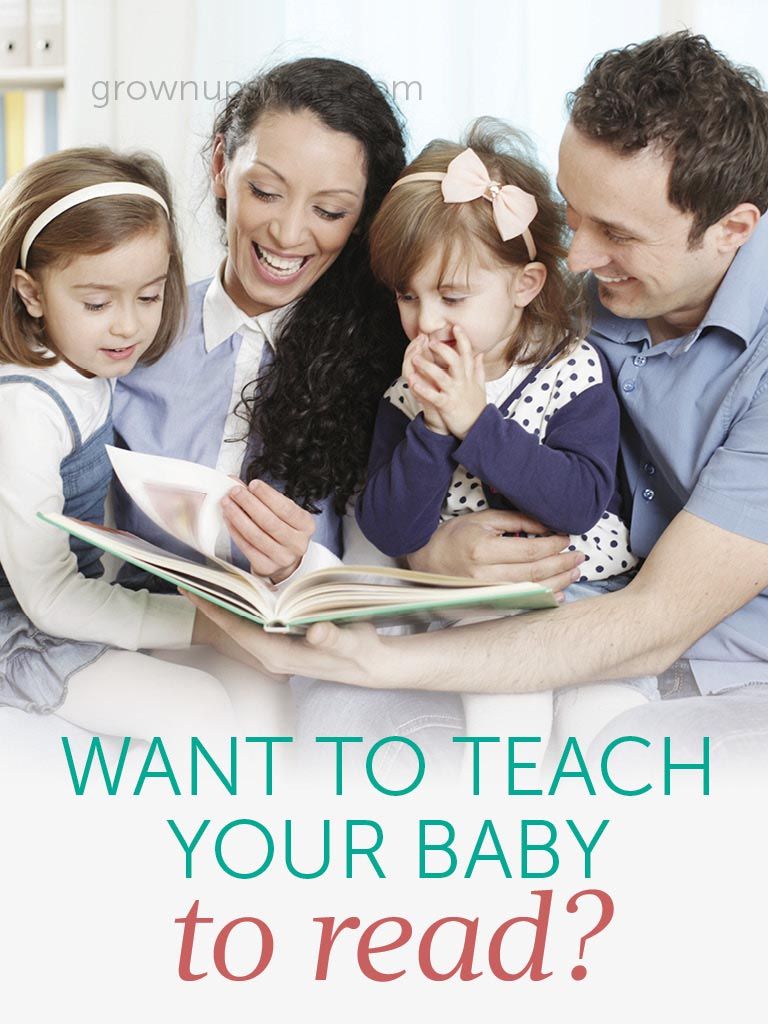 After that, ask him to return things (book, notebook, pen or pencil) to the place where they lay. Just don't force him to do it. And even more so, do not raise your voice at him and do not swear if something is not done the way you would like it to be. The process should take place in a relaxed or even playful way.
After that, ask him to return things (book, notebook, pen or pencil) to the place where they lay. Just don't force him to do it. And even more so, do not raise your voice at him and do not swear if something is not done the way you would like it to be. The process should take place in a relaxed or even playful way.
Read for yourself
The child looks at his parents and tries to be like them. Therefore, it is important to love what you want to teach children. Read with pleasure and develop a love of literature in the family. You can create a tradition - for example, the whole family to read in the evenings.
– There is only one way to involve a child in any activity: to engage in it with him and with him. Accordingly, if older relatives read a lot, then the child begins to be interested in what adults are doing, says Natalya Manukhina, candidate of psychological sciences and family psychologist .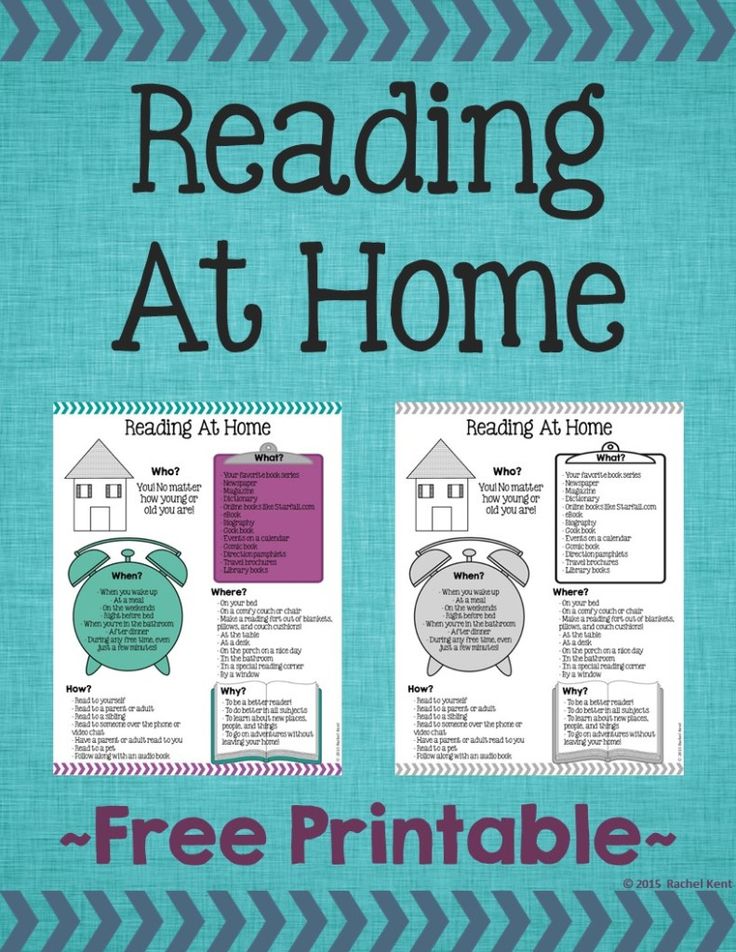 - Just what exactly are they reading? If paper books, then the baby can also begin to take them, touch, look, look, look at letters, put them into words, that is, read. If adults read only e-books, from the screen of gadgets or computers, then the child will not show interest in this for a long time. He will be more interested in moving pictures: cartoons and electronic games.
- Just what exactly are they reading? If paper books, then the baby can also begin to take them, touch, look, look, look at letters, put them into words, that is, read. If adults read only e-books, from the screen of gadgets or computers, then the child will not show interest in this for a long time. He will be more interested in moving pictures: cartoons and electronic games.
It is important not only to read stories and fairy tales, but also to discuss what has been read with the child. If the child is very small, ask him simple questions: who is this fairy tale about? who is in the picture? When the baby grows up, you can ask something more complicated: why did the hero of the story do this? what would you do in his place?
Read also
From the first lines to the whole word: how to teach a child to write
And now the first letter, the first word appears on a sheet of paper. Uneven and uncertain, but so long-awaited. How to help your child develop writing skills at home and whether this should be done before school - we talked about this with teachers0002 Start learning with words with repetitive syllables (ma-ma, pa-pa, ba-ba, dy-dya).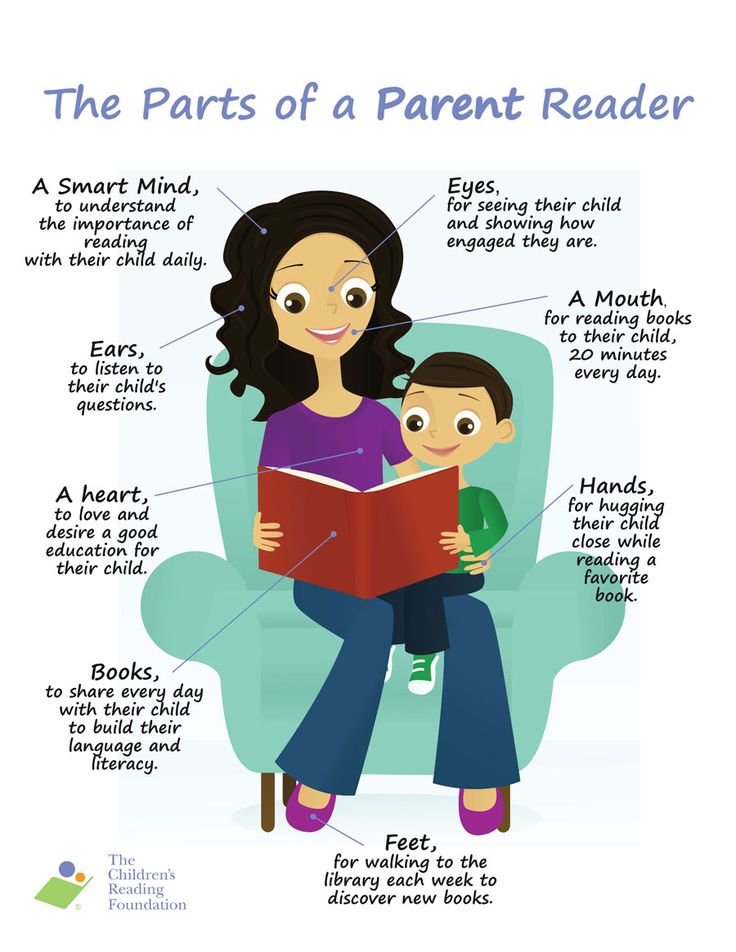 Only after the baby has mastered them, move on to more complex structures for the child, in which there are different syllables (kosh-ka, de-re-vo, ve-ter).
Only after the baby has mastered them, move on to more complex structures for the child, in which there are different syllables (kosh-ka, de-re-vo, ve-ter).
Buy educational materials
Children learn through games, so there should be letter blocks, magnetic alphabet and other educational items in the house. For older children, buy some good textbooks. For example, primers by V. Goretsky, N. Pavlov, D. Fonin.
Draw vowels on cards and place them around the house. Swap cards periodically. Gradually, the child will remember them all. Then do the same with the consonants.
– Playing is generally the leading activity for preschool children, says Natalia Manukhina . – Therefore, if educational material is presented in the form of games, knowledge is acquired as skills develop. The child acts more and more deftly, and he likes it, and knowledge also fits with skill.
Develop associative thinking
"A" - watermelon, "B" - squirrel, "C" - bicycle.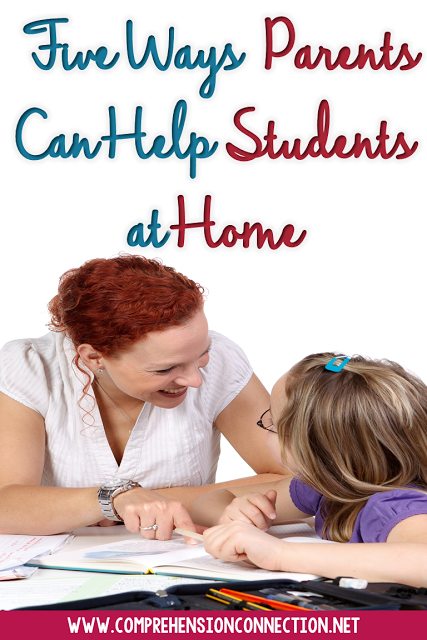
Children remember information more easily visually, through colorful images and clear objects, rather than through tedious memorization of symbols. But try to make sure that the baby does not become attached to only one image and does not associate the letter only with it. Use different words to study. For example, if in one session "A" is a watermelon, in another, let it be an album or a stork.
Repeat what you have learned before
No wonder they say that repetition is the mother of learning. Begin each session by reviewing the material you learned last time. Additionally, you can refresh information anywhere and anytime: on a walk in the park, in line at the store or in the car, on the way home.
Compose
Memory and fantasy are something that can and should be developed in a child even before learning to read.
- As I notice in my practice as a family psychologist, in families where adults themselves read and compose, children read both better and more. You can compose everywhere: on a walk, in transport, at home and on vacation. Any topics: about people, cars, clouds, insects, birds, letters, game heroes, but about anything! It is natural for a child to fantasize, reminds Natalya Manukhina . - If his stories are also written down (first by adults, then by himself), then writing it yourself and comparing it with what others write becomes a natural fascinating pastime. The child becomes not only a reader, but also an author, which can be very useful to him in his future studies.
You can compose everywhere: on a walk, in transport, at home and on vacation. Any topics: about people, cars, clouds, insects, birds, letters, game heroes, but about anything! It is natural for a child to fantasize, reminds Natalya Manukhina . - If his stories are also written down (first by adults, then by himself), then writing it yourself and comparing it with what others write becomes a natural fascinating pastime. The child becomes not only a reader, but also an author, which can be very useful to him in his future studies.
Treat with understanding and care
As an adult, the process of learning to read may seem easy to you, but remember that for a child it is a whole science. Do not be nervous if something does not work out for the crumbs, and do not force him to do it by force. Everything will come with time. Have patience, be able to wait, and show understanding at every stage of learning. Praise the baby even for small successes - and, you will see, soon he will like to learn.
As an adult, the process of learning to read may seem easy, but remember that for a child it is a whole science. Photo: pixabay.com
Popular questions and answers
Answers Irina Danilina, methodologist of the educational online platform Uchi.ru
How to teach a child to read in words?
For a child to quickly learn to read by syllables, it is not necessary to learn the letters in alphabetical order. Invite your child to first learn a few vowels and then read them together (for example, “ay”). Then add consonants to them. So from the first lessons the child learns to read combinations of letters, and then syllables.
Start learning the alphabet with sounds, do not use letter names. Like this: this is the sound "m" (not "em"), this is the sound "o", together they sound like "mo". So the child will learn to read in syllables much faster.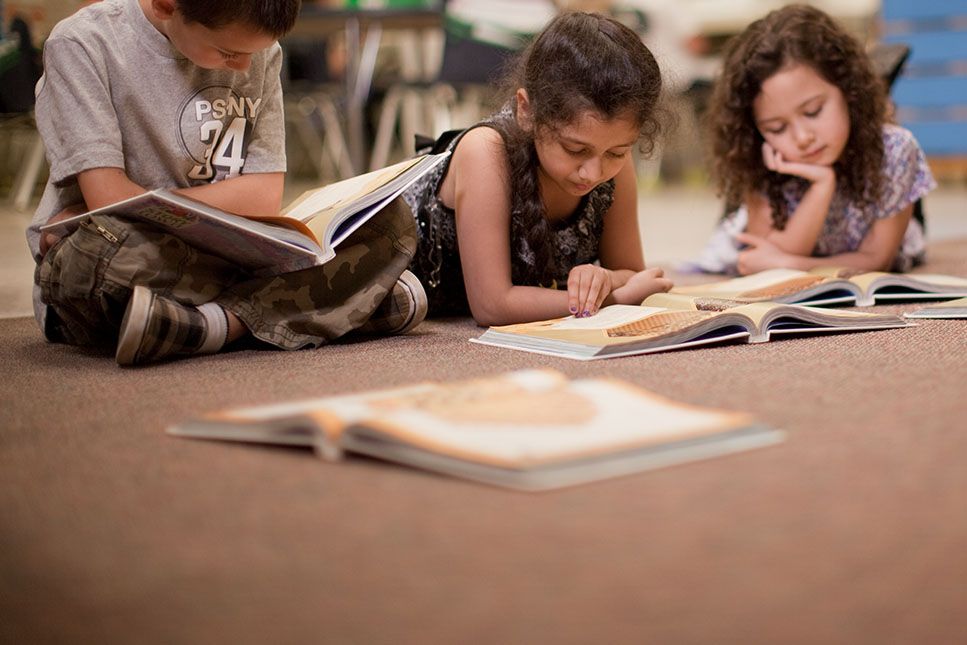
How to teach a child to read quickly?
The most important thing is understanding the text. If there is understanding, then the speed will grow by itself. For a child to learn to read quickly, make sure that he knows all the sounds and does not confuse them. A big jump in speed will occur when the child does not make mistakes in the sound of letters.
Do not rush the child if he makes mistakes. Go back and repeat the sounds again. Then only systematic reading for 10-15 minutes a day and skill development. And when the child masters a good reading technique from 40-50 words per minute, you can use various speed reading techniques. With their help, you can develop a reading speed of up to 1000 words per minute.
Why does the child not want to read?
You need to understand that if a child is not interested in reading, then he will not want to. Here are the main reasons why children do not want to read:
Here are the main reasons why children do not want to read:
- Incorrectly selected book, inappropriate genre or topic of the text.
- The child does not understand the read text, reads automatically, does not think about the meaning.
- No motivation or interest.
- The child makes a lot of mistakes in the sound of syllables, because of this he does not understand the words he read.
- Reading is perceived as a punishment.
What to do about it?
Read also
Motivating a child to study at school
“Komsomolskaya Pravda” tells why children are waiting for the Day of Knowledge, but after a week they suddenly start to get sick and tells how to make the child motivated to learn

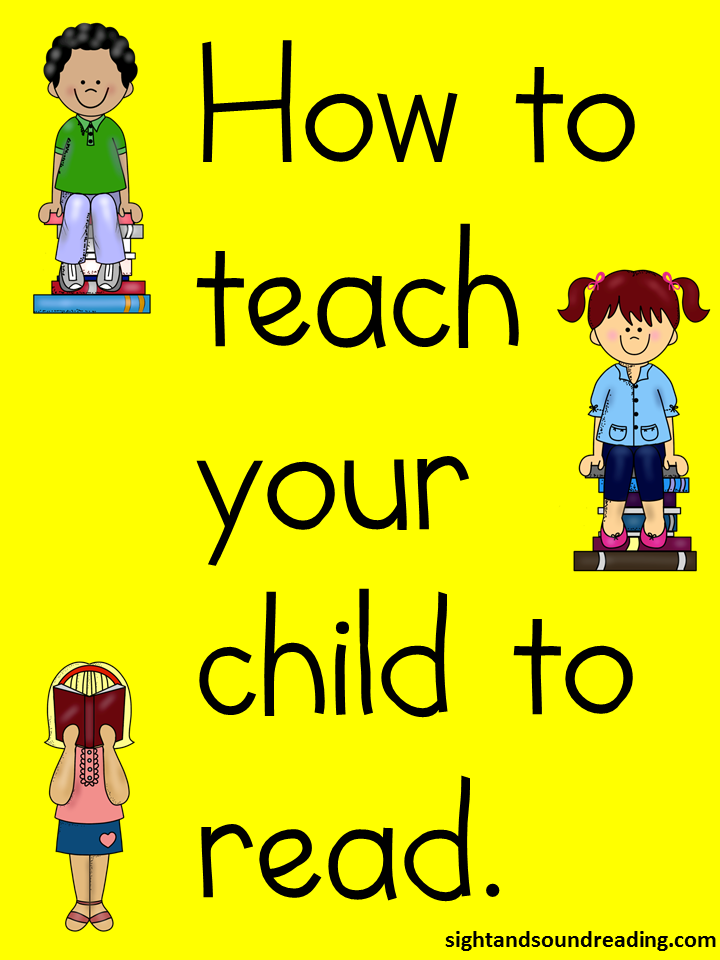 Guessing and checking is an inefficient way to read, but some instructional materials perpetuate the difficulty.
Guessing and checking is an inefficient way to read, but some instructional materials perpetuate the difficulty.  As the child’s reading sounds more expressive, you know he or she is becoming more adept.Reading texts repeatedly helps children become more fluent.
As the child’s reading sounds more expressive, you know he or she is becoming more adept.Reading texts repeatedly helps children become more fluent. If you are interested in learning new facts about the world, choose educational books. If you are interested in learning how the life of heroes from a fictional universe develops, choose fantasy books. And so on.
If you are interested in learning new facts about the world, choose educational books. If you are interested in learning how the life of heroes from a fictional universe develops, choose fantasy books. And so on. 